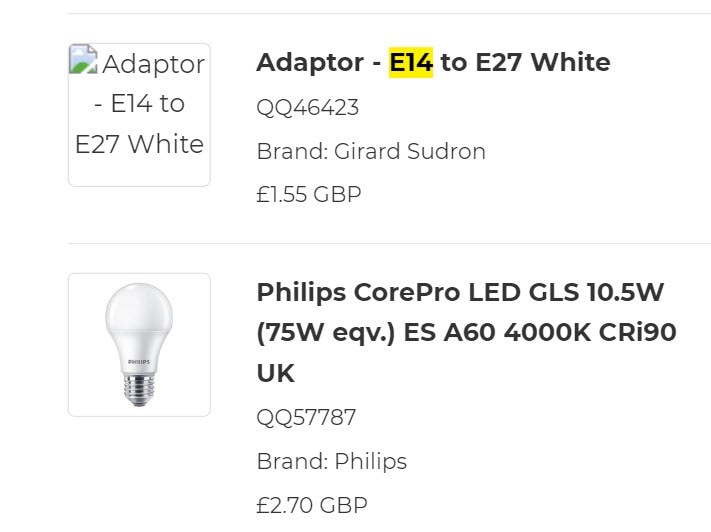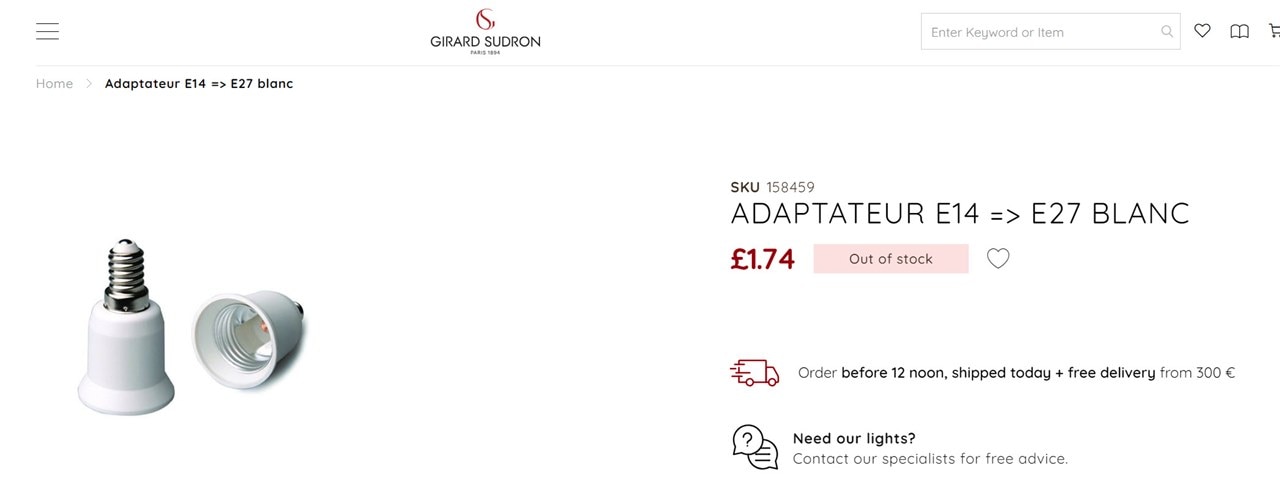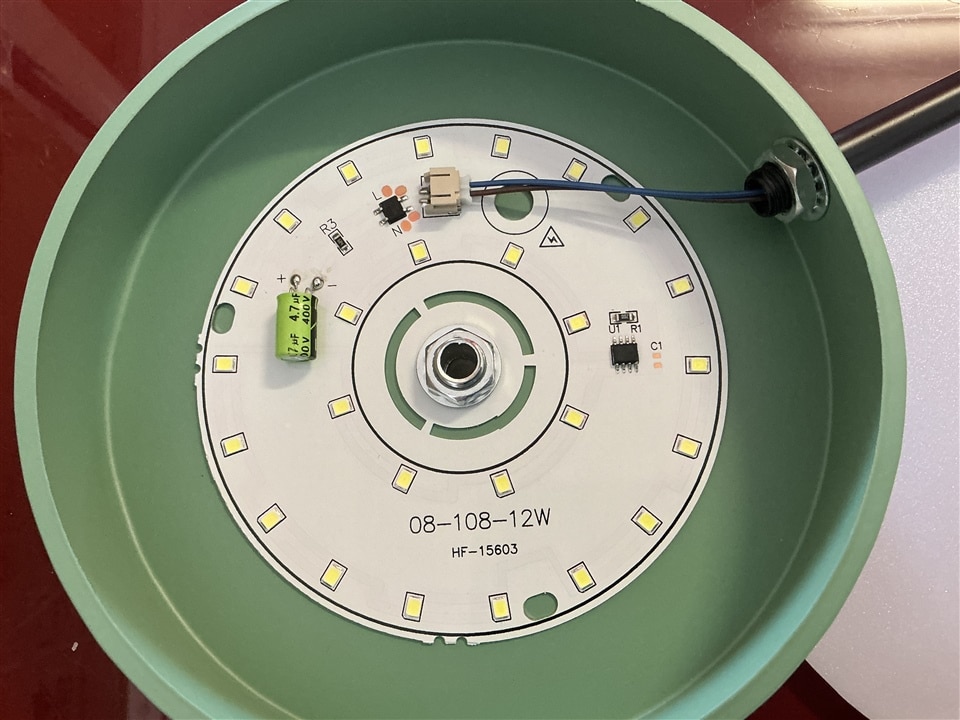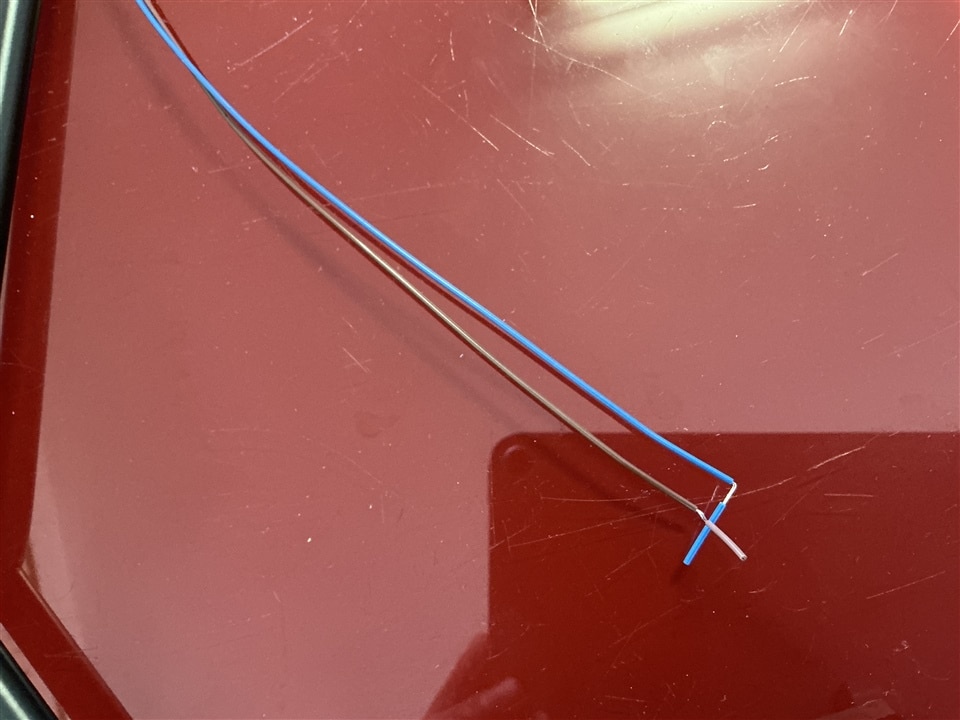One for the sparkys here in the UK: does an LED ceiling lamp sold in the UK market require a UKCA (or CE) marking? Any other marking to show regulatory compliance, if necessary?
I ask, because I have received a LED ceiling lamp that has 7 arms with LEDs in a round metal holder at the ends. It is intended for direct connection to the 240V lighting circuit with the full voltage going to each metal holder at the end of the arms (no earthing point in those metal holders.)
The ceiling rose is also metal, has no earthing point, has 30AWG (or close) out to the LED holders intended to be connected to supplied (but not fitted) slightly thicker wires which then need to be connected to the lighting circuit. Frankly, it looks dangerous to me and I'm not installing it; really I ought to have known better but there you go, impulse purchase.
I'm going to push for money back and wanted to know if a lack of regulatory marking was something I could add to the evidence.




